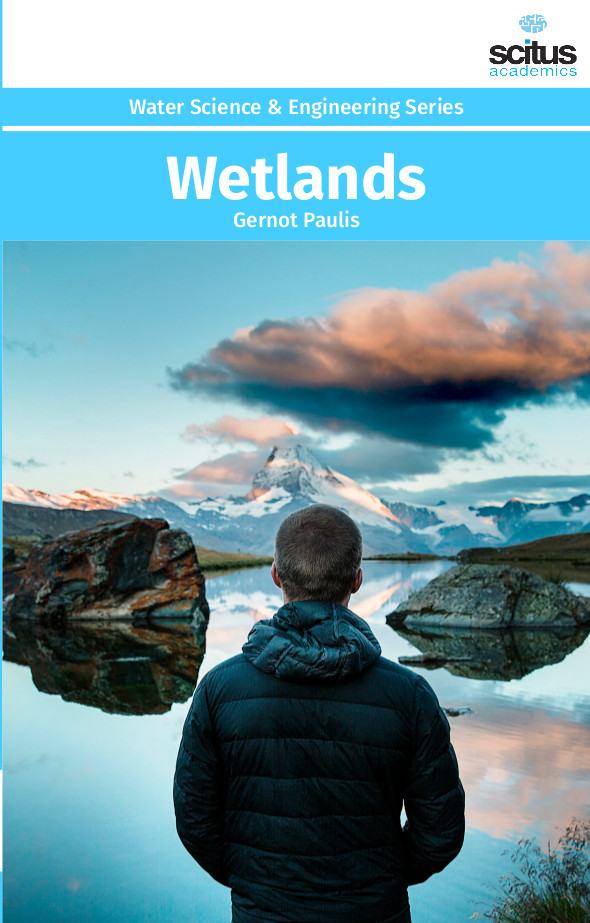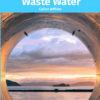There is an environmental concern of ecological protection and conservation that should be incorporated with the water resources management policies. Wetlands are vital for human survival. They are among the world’s most productive environments; cradles of biological diversity that provide the water and productivity upon which countless species of plants and animals depend for survival. Naturally occurring wetlands form when rain and runoff from watersheds saturate the ground or there is a continual flow of groundwater to the surface. Flood waters and coastal waters that immerse low-lying land near waterways can also cause a natural wetland to form. The first experiments using wetland macrophytes for wastewater treatment were carried out in Germany in the early 1950s. Since then, the constructed wetlands have evolved into a reliable wastewater treatment technology for various types of wastewater. The classification of constructed wetlands is based on: the vegetation type (emergent, submerged, floating leaved, free-floating); hydrology (free water surface and subsurface flow); and subsurface flow wetlands can be further classified according to the flow direction (vertical or horizontal). In order to achieve better treatment performance, namely for nitrogen, various types of constructed wetlands could be combined into hybrid systems. Wetlands play an integral role in the ecology of the watershed. The combination of shallow water, high levels of nutrients, and primary productivity is ideal for the development of organisms that form the base of the food web and feed many species of fish, amphibians, shellfish, and insects. Considering some of the wetlands to be as protectorates should help in the water resources conservation and enhance the national water management policy.
This book ‘Wetlands’ covers research studies on the issues, methods and impacts of wetlands management. It covers on topics relevant to freshwater, brackish and marine coastal wetland ecosystems. It serves multi- and interdisciplinary discussion for key issues in wetlands science, management, policy and economics.













